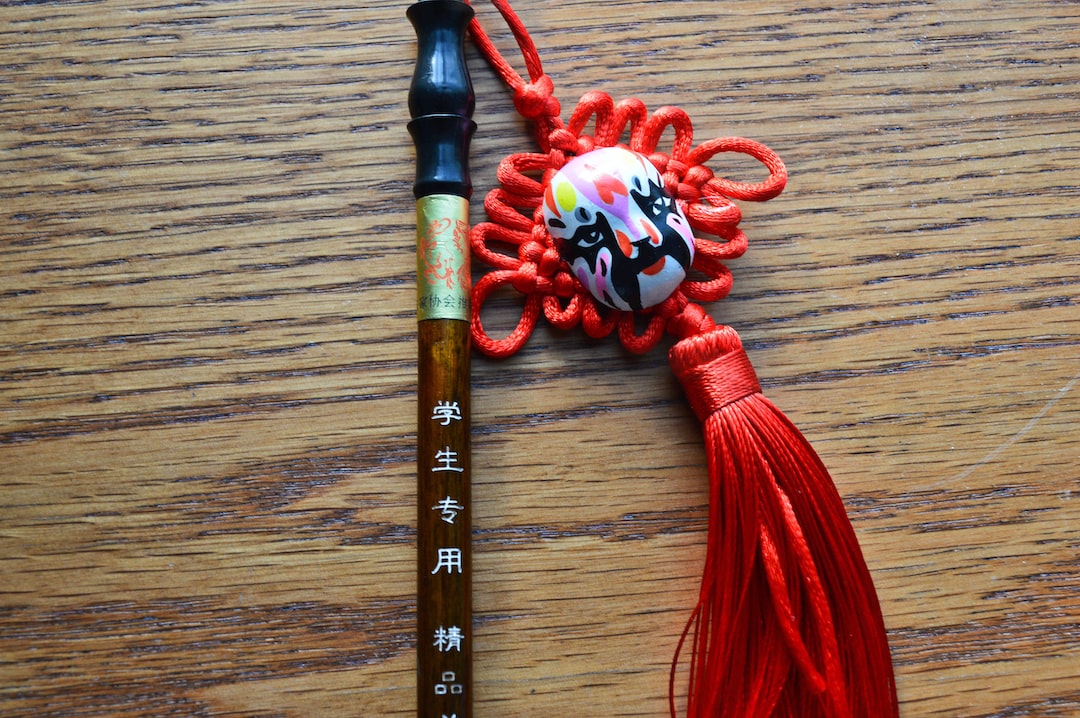The Evolution of Hip-Hop Dance: A Historical Overview
Hip-hop dance has undoubtedly become one of the most influential forms of movement and self-expression over the past few decades. Stemming from African American and Latino communities in the 1970s, hip-hop dance has experienced significant evolution, incorporating various elements from different cultures, including salsa dancing.
The roots of hip-hop dance can be traced back to the streets of the Bronx, New York City, during the early 1970s. This dance style emerged as a response to the social and economic challenges faced by African American and Latino communities at the time. It provided a way for young people to express themselves and unite through music and movement.
Initially, hip-hop dance forms, such as breaking (breakdancing), popping, and locking, were heavily influenced by the funk and soul music of the era. However, as hip-hop spread across the United States and eventually internationally, it began to absorb influences from various other dance styles, including salsa dancing.
Salsa dancing, originating from Cuba and Puerto Rico, played a significant role in the evolution of hip-hop dance. Salsa’s infectious rhythms and energetic movements had a profound influence on the creativity and fluidity of hip-hop choreography. Dancers began incorporating salsa-inspired footwork, spins, and body isolations into their routines, giving rise to a fusion of styles that became popular in the late 1980s and early 1990s.
The incorporation of salsa-inspired movements into hip-hop dance not only added a new dimension of style but also contributed to the cultural exchange between communities. This cross-pollination of artistic expression helped break down barriers and fostered a sense of unity among dancers from diverse backgrounds.
As hip-hop dance continued to evolve, artists began to experiment with different forms of movement, blending salsa dancing with other styles such as jazz, contemporary, and even ballet. This innovative approach contributed to the unique and dynamic nature of hip-hop choreography, setting the stage for its ongoing popularity and influence.
Today, hip-hop dance remains a vibrant and ever-evolving art form, attracting millions of enthusiasts worldwide. Its fusion with salsa dancing reflects the broader trend of embracing diversity and incorporating influences from various cultures. This amalgamation has given rise to distinct regional styles and has helped shape the dynamic and rich tapestry of hip-hop dance scenes around the world.
In conclusion, the evolution of hip-hop dance has been a remarkable journey, constantly drawing inspiration from different dance styles, including salsa. Its fusion with salsa dancing has not only enhanced the creativity and fluidity of movement but has also fostered cultural exchange and unity among diverse communities. As hip-hop continues to evolve, it is certain to incorporate further influences from a broad spectrum of dance styles, maintaining its position as a groundbreaking and ever-evolving form of artistic expression.
************
Want to get more details?
Dance Fridays
https://www.dancefridays.fun/
Salsa and Bachata Dance in San Francisco at the Bay Area’s largest latin dance nightclub, feating dance lessons and dance classes in both salsa dance and bachata dance followed by mutliple rooms of all night dancing.

